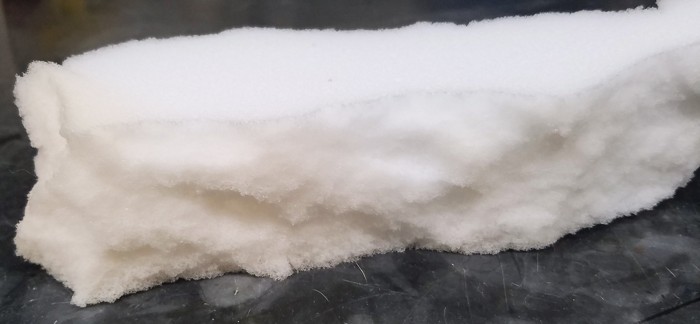![[Gettyimages Bank]](https://image.ajunews.com/content/image/2020/05/11/20200511090305421866.jpg)
[Gettyimages Bank]
SEOUL — South Korean optical lens producers secured a stable and reliable source of raw materials after Hanwha Solutions using localized technology started commercial production of xylylene diisocyanate (XDI), a high value-added functional material which has been supplied by a Japanese company.
Hanwha Solutions said it has developed its own technology for the commercial production of high-purity XDI this month at its plant in the southern industrial port city of Yeosu. The Yeosu plant has an annual production capacity of 1,200 tons. Optical lens materials have been supplied by Japan’s Mitsui Chemical with an annual production capacity of 5,000 metric tons.
XDI is a type of isocyanate compound, the main ingredient of polyurethane, extensively used in coatings and engineering materials. XDI with a purity of 99.5 percent or more is used as a raw material for high-end optical lenses, which are thinner and clearer than conventional lenses due to excellent transparency and refractivity.
Hanwha Solutions, a unit of South Korea’s Hanwha Group, produces polyvinyl chloride (PVC) and polyolefin as well as solar energy solutions and composite materials. The company aims to supply high-quality raw materials for domestic optical lens producers.
XDI has a wide range of applications such as flexible displays and optical clear adhesive (OCA) film for mobile phone touch screens, special inks, adhesives for food packaging.

